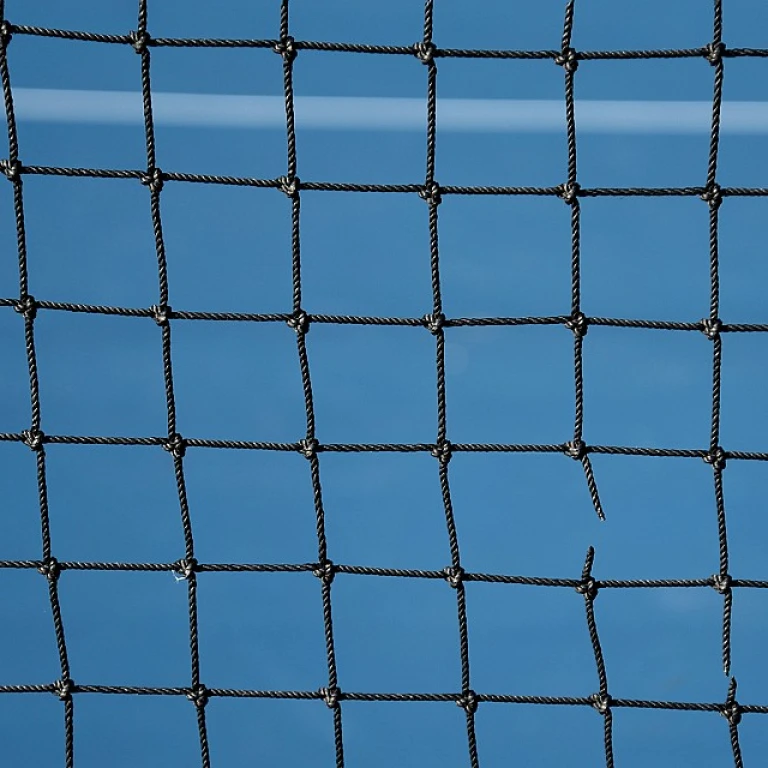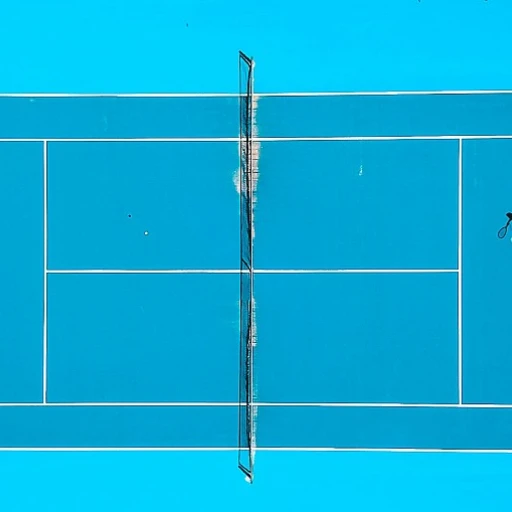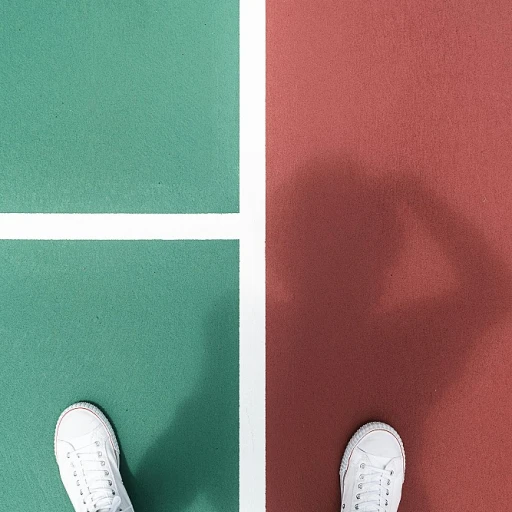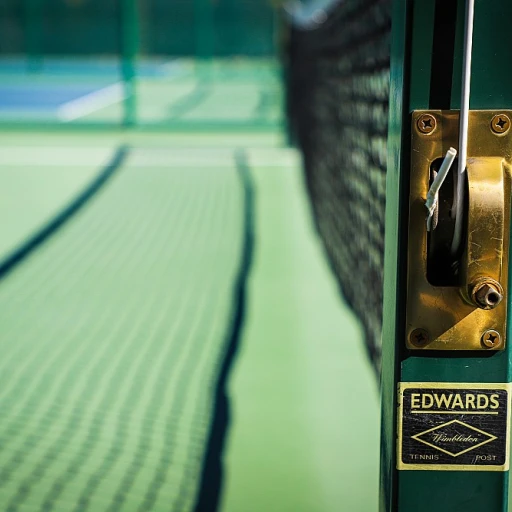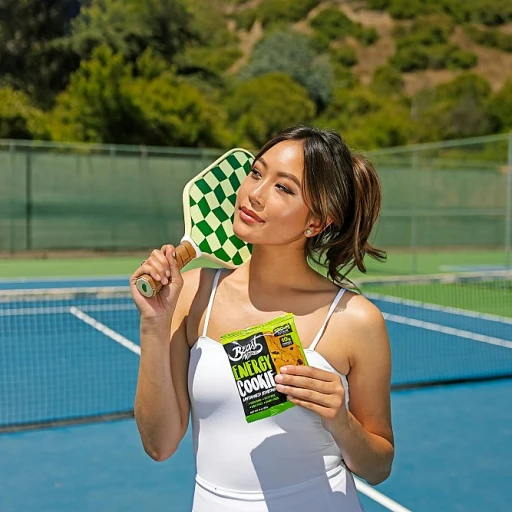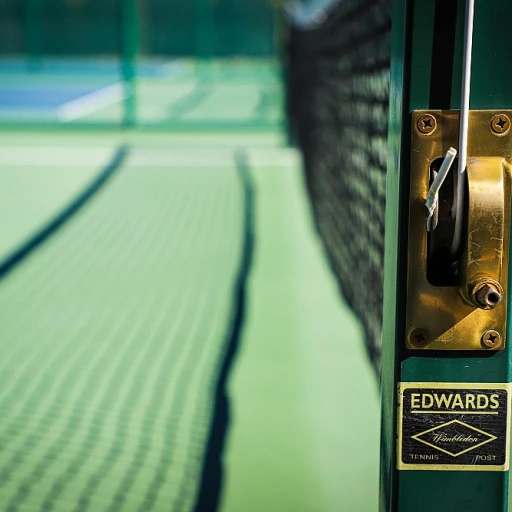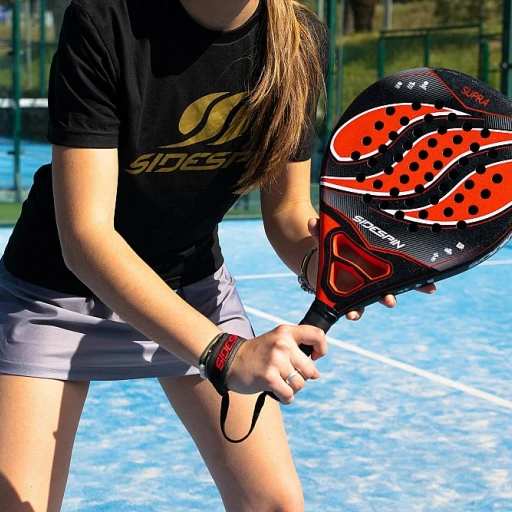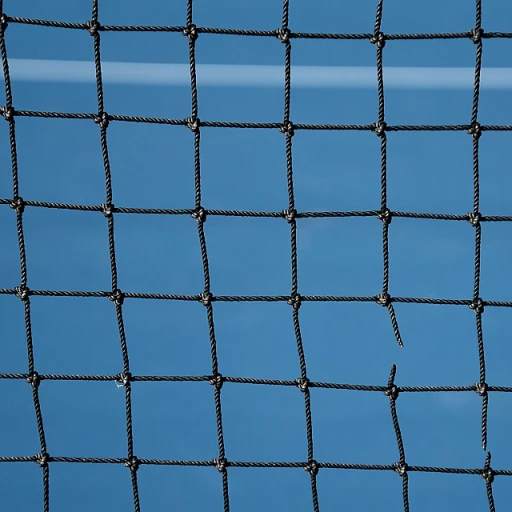Understanding Paddle Materials
Paddle Composition: The Foundation of Performance
When it comes to selecting a pickleball paddle, understanding the materials used in its construction is fundamental to elevating your game. Pickleball paddles are primarily crafted from materials like carbon fiber and composite, each offering a unique set of advantages and characteristics that influence performance.
Carbon fiber paddles are renowned for their lightweight yet durable properties, offering a multitude of benefits for intermediate players seeking both power and control. This material is celebrated for its ability to enhance the power air effect, allowing players to execute powerful shots while maintaining precision. The paddle face often incorporates a honeycomb core, a design choice that provides a broader sweet spot, giving you that sweet blend of power and finesse on every swing.
Composite paddles, on the other hand, are crafted from a blend of materials like fiberglass and polymer. These paddles are favored for their unique balance of control and power, making them a popular choice among intermediates. The face material in composite paddles helps in achieving a pro-level control, ideal for players looking to improve their game without sacrificing power.
Exploring these materials further allows you to align your paddle choice with personal preferences or specific game strategies. Whether you prioritize control for impeccable placements or power for hard-hitting shots, recognizing the correlation between material and function is key to finding the best pickleball paddle for your needs.
To ensure a comprehensive understanding of paddle mechanics, exploring grip size, weight and balance considerations, as well as evaluating the length grip and paddle length, adds more dimensions to crafting your ideal play style. If you're interested in enhancing your game further, using pickleball paddle grip tape is a practical way to add comfort and improve your hold on the paddle, ultimately optimizing your performance on the court.
Weight and Balance Considerations
Finding the Perfect Balance for Your Game
When selecting a pickleball paddle, weight and balance are critical factors to consider, especially for intermediate players seeking to maximize their performance. The weight of a paddle can significantly influence a player's power and control during a game.- Finding the Right Weight: Paddle weight typically ranges from light (around 7 ounces) to heavy (near 9 ounces). Lighter paddles offer more control and quicker reaction times, while heavier paddles provide more power and may enhance performance in offensive plays. Consider your playing style and physical comfort when choosing the right weight paddle.
- Understanding Paddle Balance: The balance of a paddle is determined by how its weight is distributed, affecting both power and control. A head-heavy paddle may enhance power hits but could reduce maneuverability, whereas a handle-heavy design enables better wrist action for control shots.
Grip Size and Comfort
Finding Your Perfect Grip for Peak Performance
When it comes to perfecting your game on the pickleball court, choosing the paddle with the right grip size and comfort is essential. A well-fitted grip circumferenc can significantly impact your control and power, giving intermediate players the edge they need.
The grip size directly affects your ability to handle the paddle effectively. A grip that is too small can lead to excessive wrist movement, potentially causing injury or reducing your game effectiveness. Conversely, a grip that is too large might inhibit your ability to maneuver and control the paddle with speed and agility.
To find the sweet spot for grip circumference, consider the following tips:
- Measure accurately: Use a measuring tape to determine the circumference of your grip to ensure it fits comfortably in your hand.
- Consider materials: Paddle grips vary in materials, from cushioned to tacky. Choose one that offers comfort while playing for extended periods.
- Try it out: Whenever possible, test different grips in practice sessions to find which offers the best fit, minimizing slippage and maximizing control.
- Customization: Some players prefer to use overgrips or modify the length grip for added customization and comfort.
The grip size isn't just about numbers; it's about how a paddle feels in your hands, especially during critical game moments. For more advice on finding a solid balance between control and power, read our guide on choosing the right pickleball attire that complements your playing style.
Evaluating Paddle Shapes and Sizes
Paddle Shapes and Sizes: Tailoring Your Pickleball Game
Understanding the various paddle shapes and sizes can significantly impact your performance and enjoyment in the pickleball court. Just like the weight and balance considerations, the design of a pickleball paddle influences both control and power during play.- Sweet Spot: Most enthusiasts agree that finding a paddle with a large sweet spot enhances control and confidence in your shots. A bigger sweet spot typically means a more forgiving paddle.
- Paddle Length and Face: Longer paddles offer more reach, which can be advantageous when covering a larger area or when retrieving difficult shots. However, a longer paddle may sacrifice some control. On the other hand, a wider paddle face increases the surface area, helping with a larger sweet spot.
- Design Materials: Factors such as honeycomb core and face material play crucial roles. Many intermediate players prefer a carbon fiber or raw carbon face for better performance. Notably, the innovation of raw carbon faces tends to increase the power without compromising control.
Top Paddle Recommendations for Intermediate Players
Top Picks for Pro-Level Play
When it comes to finding the right pickleball paddle for intermediate players, focusing on the balance between power and control is crucial. Players at this skill level require paddles that not only enhance their game but also allow them to harness their unique playing style. Here are some standout choices:- Selkirk SLK Range: Known for its advanced design that caters to both the power and control seekers, the Selkirk SLK collection offers paddles with varying weight options and grip sizes. Its face material optimizes the sweet spot, ensuring that each shot counts.
- Power and Precision with Joola: Joola paddles, particularly the Power Air series, are constructed with raw carbon fiber, which provides impressive power without sacrificing control. The honeycomb core design further aids in achieving those precise shots, and intermediate players will find the grip circumference comfortable for long gaming sessions.
- Versatile Choices with Bread and Butter Design: For those who prefer a mix of solid performance and sleek aesthetics, certain brands like Bread and Butter provide paddles that target the sweet spot, offering balanced weight distribution ideal for seamless gameplay.
Maintenance Tips for Longevity
Preserving Your Paddle's Longevity
Proper maintenance can ensure your pickleball paddle retains its power and control performance while extending its lifespan. Here are some expert tips for intermediate players to keep their paddles in top shape:- Cleaning the Paddle Face: After every game, wipe down the paddle face with a soft, slightly damp cloth. For paddles with carbon fiber or raw carbon materials, avoid harsh chemicals that could degrade the surface.
- Inspecting for Damage: Regularly check your paddle for any signs of wear and tear, such as cracks or chips on the edge or sweet spot. Address these issues early to prevent further damage.
- Protecting the Grip: Ensure the grip maintains its feel and effectiveness by cleaning it gently. Avoid overexposure to moisture, which can cause the grip circumference to deteriorate, affecting your game.
- Storing Correctly: Store your paddle in a case when not in use. Avoid extreme temperatures or direct sunlight when storing, as these can warp the paddle length or weight distribution.
- Tightening the Construction: If your paddle's design includes a honeycomb core, periodically check this area for any loose or rattling sounds, which might indicate structural issues.

